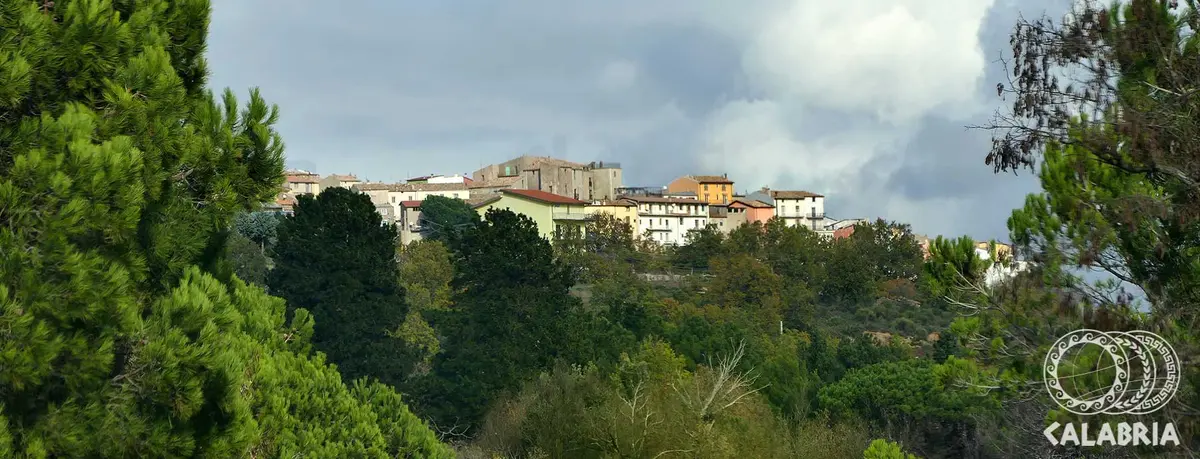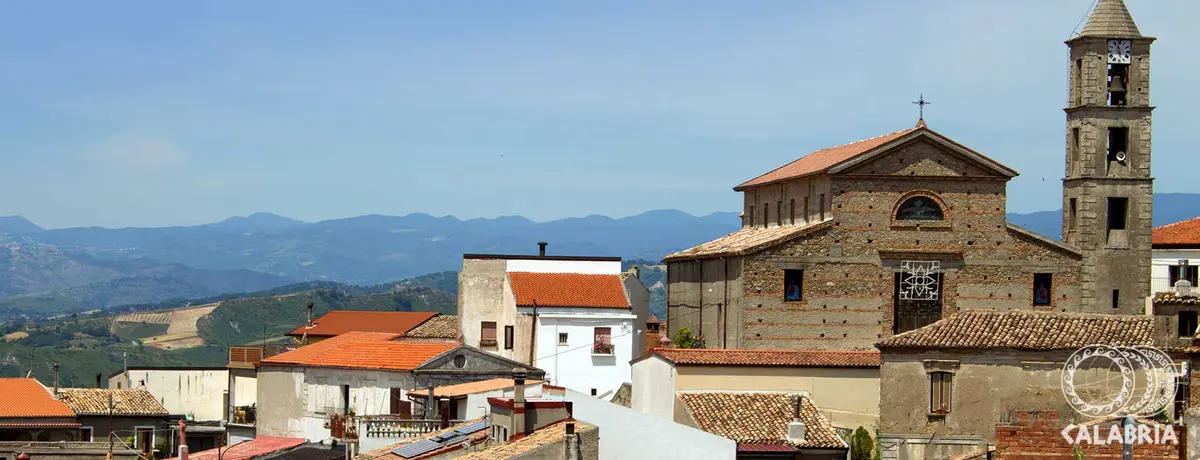Caccuri
The village of Caccuriani among "The Most Beautiful Villages in Italy"

Historical centres
Accademia dei Caccuriani
One of the "Most Beautiful Villages in Italy" in the province of Crotone, Caccuri is an ancient medieval town perched around the famous Caccuri Castle, in a panoramic position.
Famous for the Caccuri Prize, organised by the Accademia dei Caccuriani, the village hosts important figures from the world of culture and national journalism every year.
Caccuri is rich in hidden beauty and is one of the most important centres of literary culture in the region, nestled in the hills overlooking the Neto Valley. Here, everything tells of a noble past that saw important families rise to power: Ruffo, Cavalcanti, Barracco. The palaces overlook the historic squares and the Villa Comunale, at the foot of Caccuri Castle, an imposing 17th-century building of Byzantine origin, built to defend the Neto Valley. When visiting it, we discover that the highlight is the Palatine Chapel, with its original painted wooden coffered ceiling.
Among the places to visit in the village is the splendid Abbey of Santa Maria del Soccorso, a monumental complex that includes the former Dominican Convent, the church of the same name and the Chapel of the Congregation of the Holy Rosary, a real gem of Caccuri's artistic heritage as it is the seat of plenary indulgence and embellished with an 18th-century terracotta azulejos floor. Caccuri is also home to three Basilian monasteries: Santa Maria della Paganella, dell'Abate Marco and Cabria, and the Shrine of San Rocco.
Finally, the village of Caccuri is known for being the seat of the Accademia dei Caccuriani, the cultural association that every year, in August, organises the Caccuri Prize, one of the most eagerly awaited literary events in the region. What should you try among the typical dishes of Caccuri? Obviously, the renowned Sardella Crotonese (or Rosamarina), a spicy fish spread that is enjoyed on a slice of homemade bread, as offered by some of the village's historic bakers.
No result









